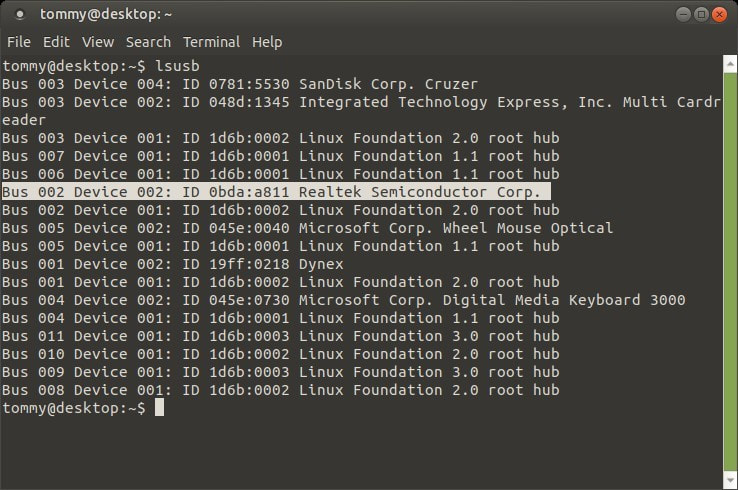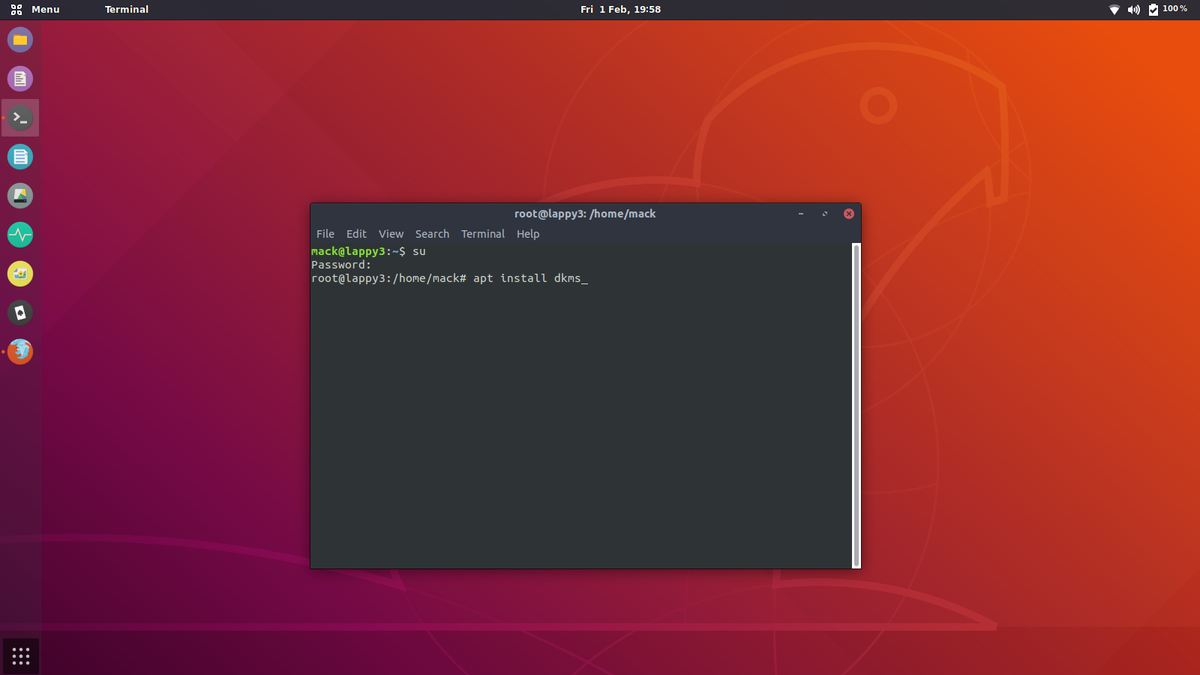
- #DOWNLOAD UBUNTU DRIVERS FOR WIRELESS HOW TO#
- #DOWNLOAD UBUNTU DRIVERS FOR WIRELESS DRIVERS#
- #DOWNLOAD UBUNTU DRIVERS FOR WIRELESS UPDATE#
- #DOWNLOAD UBUNTU DRIVERS FOR WIRELESS DRIVER#
- #DOWNLOAD UBUNTU DRIVERS FOR WIRELESS SOFTWARE#
So how do you rectify this? It varies so much the exact solution can't be put here in this document for all the different models. If you run the iwconfig command you see eth1 NOT READY!. Lshw command you see *-network:1 DISABLED or wireless=radio off
#DOWNLOAD UBUNTU DRIVERS FOR WIRELESS SOFTWARE#
Rfkill list will show if there is a hardware or software block. Using the designated key(s) in linux sometimes does not work.
#DOWNLOAD UBUNTU DRIVERS FOR WIRELESS DRIVER#
It is possible the driver and connection is ok but the wireless device is disabled and can't be used. Usually this is switched by a FN+Fx key combo or a specific button for the purpose. Newer laptops come with battery saving features to disable the wireless radio. Then save, reboot, and check your connection with iwconfig. Where is, for example, "hostap" (the "hostap" driver apparently causes problems for several cards). To do so, edit /etc/modprobe.d/blacklist and add the following lines: blacklist
#DOWNLOAD UBUNTU DRIVERS FOR WIRELESS DRIVERS#
One of those drivers should not be loaded, and should be blacklisted.

Typically, you'll see entries for both eth1 and wlan0_rename after running the iwconfig command, with your communication speed divided evenly between them. (note not all cards support scanning)įor some cards (e.g., SMC2632W v1.02), an additional set of drivers is incorrectly loaded, effectively disabling wireless networking by generating two apparent wifi cards where there should only be one. If an access point is identified this shows that the card is probably working properly as it can complete a wireless interface task. Run the command sudo iwlist scan to scan for a router.
#DOWNLOAD UBUNTU DRIVERS FOR WIRELESS HOW TO#
Opening networking in system>administration> and seeing the device in the list is how to identify through a gui if the driver is at least communicating with the kernel. If you see output like in the example in the command section then the driver is at least identifying the device as a wireless device to the kernel. If you see two modules (usually ndiswrapper and a native Linux driver) blacklist one of them (see below).If you did not see the driver module in the list then use the modprobe command to load it. (look for the driver name that was listed in the output of lshw, "configuration" line). Run the command lsmod to see if driver is loaded. If you ran lshw -C network and saw a driver bound to the device then let's test to make sure it's communicating with the kernel. In such cases, if you want to use ndiswrapper, you can blacklist the native driver. There may be a native driver that comes with Ubuntu which is conflicting with ndiswrapper.You can check here to see if your card is supported by ndiswrapper.įull information on ndiswrapper kept on this page including troubleshooting help specific to ndiswrapper. If you find your card does not have a Linux driver you will have to look at an app called ndiswrapper.

Using ndiswrapper for Cards Without a Linux Driver
#DOWNLOAD UBUNTU DRIVERS FOR WIRELESS UPDATE#
If you are not running the most recent kernel, update your system ( System > Administration > Update Manager). in the description of the wireless card, this indicates the driver is installed. As explained under lshw, if there is a line saying configuration: .driver=. (Your device may be supported in Ubuntu with a native driver.) Use the lshw command. See also the comprehensive explanations of commands for troubleshooting your wireless.įirst you should check if a driver automatically loaded. You should have correctly identified your device as detailed in the Devices page of this guide. This page is part of the WirelessTroubleShootingGuide. This part of the guide is designed to help you troubleshoot your wireless adpater's driver issues.


I tried going into "Additional drivers" and switching the driver that way, but nothing actually changes. I went around Google and looked on YouTube for some videos, but for whatever reason, nothing worked.


 0 kommentar(er)
0 kommentar(er)
